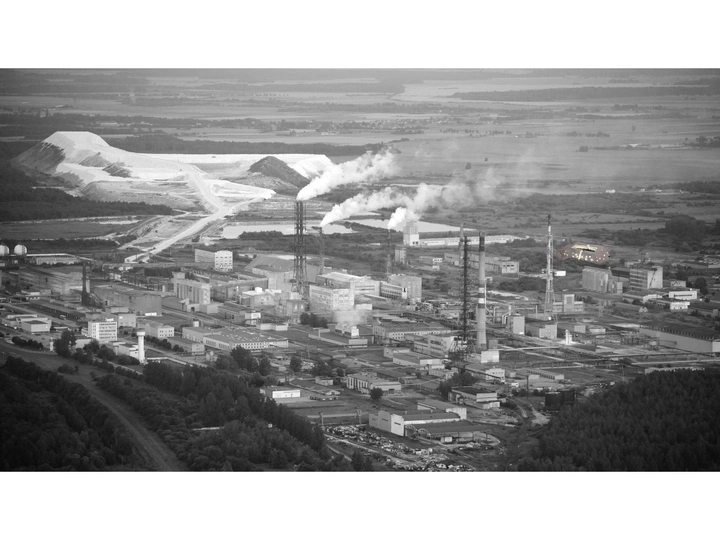Antropo-bio & land-art

I am recently graduated student with MA degree in Architecture (Lithuania). My work focuses on the intersection between art and architecture and explores dimensions of existence, identity, Anthropocene aesthetics.
In modern society, death is misunderstood: it is perceived as unusual, and people are afraid to talk about it. It is a phenomenon which originated in industrial society and has not changed until now. The fear is usually caused by the way ritual spaces and cemeteries are developed. Often, it is a utilitarian space which is not adapted to people. More precisely, cemeteries are understood as an objectionable urban space. An experiment was carried out in a specific location of the industrial park of Kėdainiai. Both of the spaces explored – cemeteries and industrial parks – are understood as “non-places” (Peter Osborne). This shows a symmetry between two unwanted urban spaces. The aim is to create two different processes, metamorphoses. One of them is the transformation of the human body to soil (antropo-bio) and the other one is a conversion of an industrial park and substitution of phosphogypsum by structural plaster. In other words, a site construction (landscape+ architecture=site construction, Rosalind Krauss) with two composts, two cycles has been created in the same site. The aim is to show that not only death does not mean the end and that it can become a new life, but also the ethics and aesthetics of transformation. Facing the current geological epoch, the Anthropocene, it is important to withstand consequences caused by the human being. The experiment showed how a non-destructive relation has been created between the human and the environment in a devalued space. Transformation to soil gives a meaning to the identification with nature and other species